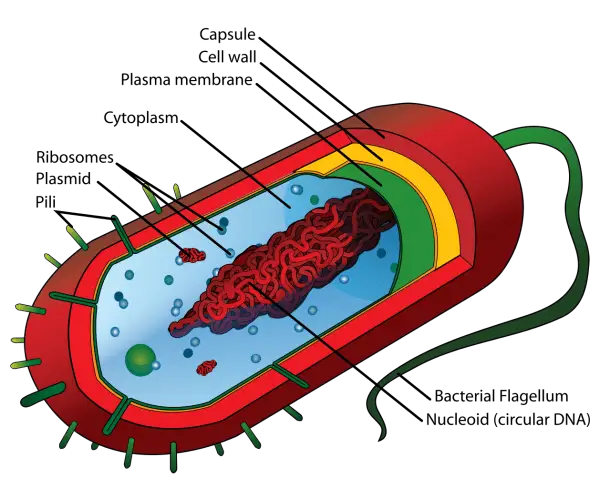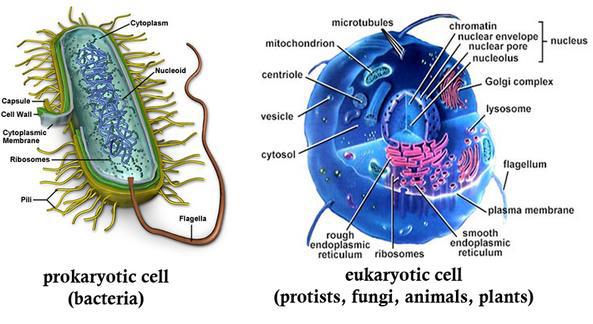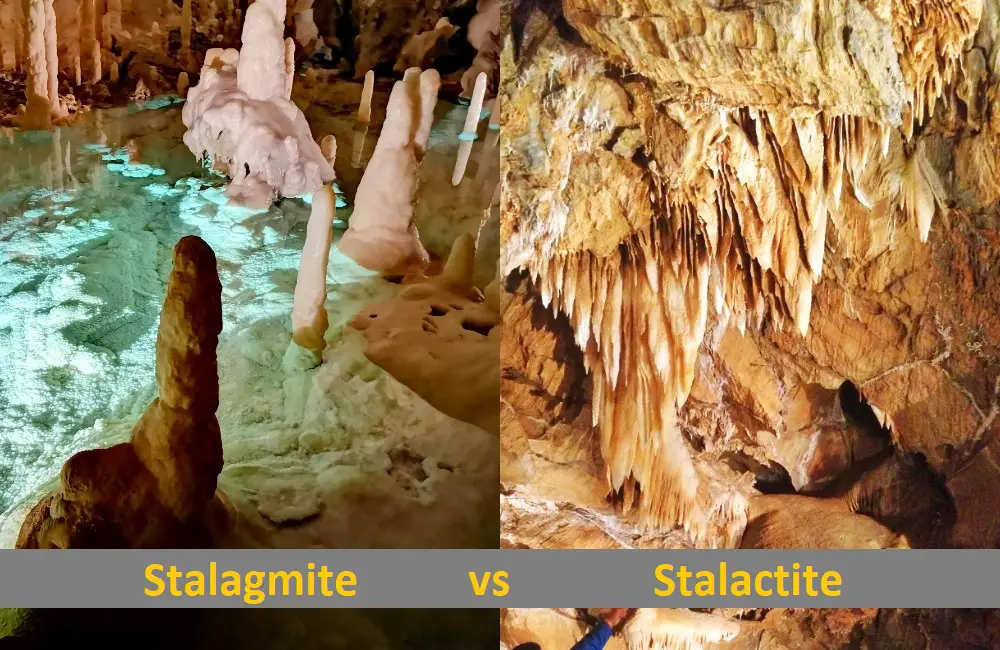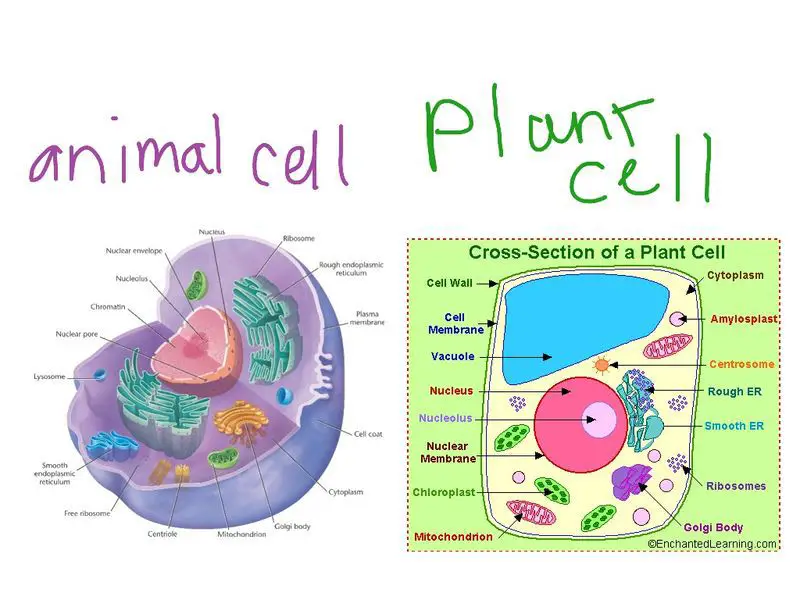Prokaryotic Cells vs. Eukaryotic Cells – 7 Key Differences
As you’re reading this, billions of tiny structures are following a very precise systematic process in order to multiply within you. Mind is blown yet?
Cells; they pretty much make up all living things and manage to consistently put scientists at loss. Living things are made up of one or many cells, and researchers have discovered that cells actually come in two types: prokaryotic and eukaryotic.
This discovery has allowed us to categorize organisms according to their respective cellular organization, and it somewhat revolutionized the way we think of the evolution and development of living things.
So what are the differences between prokaryotic and eukaryotic cells? And do they somehow have common grounds? Let’s find out!
What are Prokaryotic Cells?

As you can guess from the name, prokaryotes have a more primitive reputation than eukaryotes; the term quite literally translates to “before nucleus”. Prokaryotes date back millions of years as scientists believe the first living organisms on earth were prokaryotic.
According to the evolution theory, it is believed that all living things on earth descended (evolved) from preexisting organisms; a process also referred to as “favorable mutation”.
The main difference between prokaryotic and eukaryotic cells is the absence of a nuclear membrane surrounding or engulfing prokaryotic cellular organelles. Due to that, chromatin bodies (chromosomes and plasmids) roam freely inside the cytoplasm.
The DNA content found in those bodies is rather low, and it lacks the histone protein which usually wraps it up in eukaryotic cells. The DNA is found to be circular, and DNA replication is followed by direct cell division (mitosis).
As for cellular organelles, prokaryotic cells don’t have mitochondria, Golgi body, or endoplasmic reticulum. Plant-oriented prokaryotes even lack chloroplasts; the chlorophyll remains scattered around in the cytoplasm.
The most prominent Prokaryotic organisms are bacteria, cyanobacteria, algae, etc.
What are Eukaryotes?

As we’ve mentioned above, eukaryotes are believed to have evolved from simple prokaryotic organisms to become significantly more complex. Animal and plant cells set the grounds for all eukaryotic studies. Eukaryotic organisms are typically multicellular, and they adopt different systems for survival.
Eukaryotic cells are considerably larger than prokaryotic ones, and they possess more efficient structural make-up. These are singled out for their abundance of cellular organelles that are bound by a distinctive nuclear membrane; a complex system is realized where DNA content is higher and more diverse.
DNA replication is followed by mitosis which, in certain cases, continues to meiosis. If you think your ability to rap Lafayette’s part in Hamilton is impressive, just try living up to all the work eukaryotic cells manage on a regular basis. DNA is abundant and wrapped by a protein called HistoneDNA.
Some of Our Articles You May Want to Read:
- Difference Between Glycogen and Starch
- Group Vs. Period: 7 Key Differences
- Monocot Vs. Dicot: What Are The Major Differences?
- Ionic Vs. Covalent Bond – What Are The Differences?
Prokaryotic vs. Eukaryotic Cells – Comparison Table
We’ve managed to narrow down all the major differences in the below comparison table:
Prokaryotic cells |
Eukaryotic cells |
| Believed to have existed millions of years ago | Believed to have evolved from prokaryotic cells through evolution |
| Bacteria, cyanobacteria, algae, etc. | Animal and plant cells |
| Lack of nuclear membrane; chromatin is free in the cytoplasm | Presence of a nuclear membrane; chromatin is bound by it |
| Absence of cellular organelles (mitochondria, endoplasmic reticulum, Golgi body, etc.) | Presence of cellular organelles |
| Considerably primitive and simplistic | Complex, efficient, and more organized |
| content is rather low and no Histone is present | |
| Histone-DNAtion is followed by direct cell division | DNA replication is followed by mitosis |
It is worth mentioning that comparative study is still a considered case, and scientists are constantly discovering new foundations for progressing studies to be built upon.
The difference between eukaryotic cells and prokaryotic cells has actually stirred up quite the debate among people as the evolution theory received certain contradictory statements. Nonetheless, paleontology, anatomy and genetics have contributed significantly to scientists’ studies and revelations.







